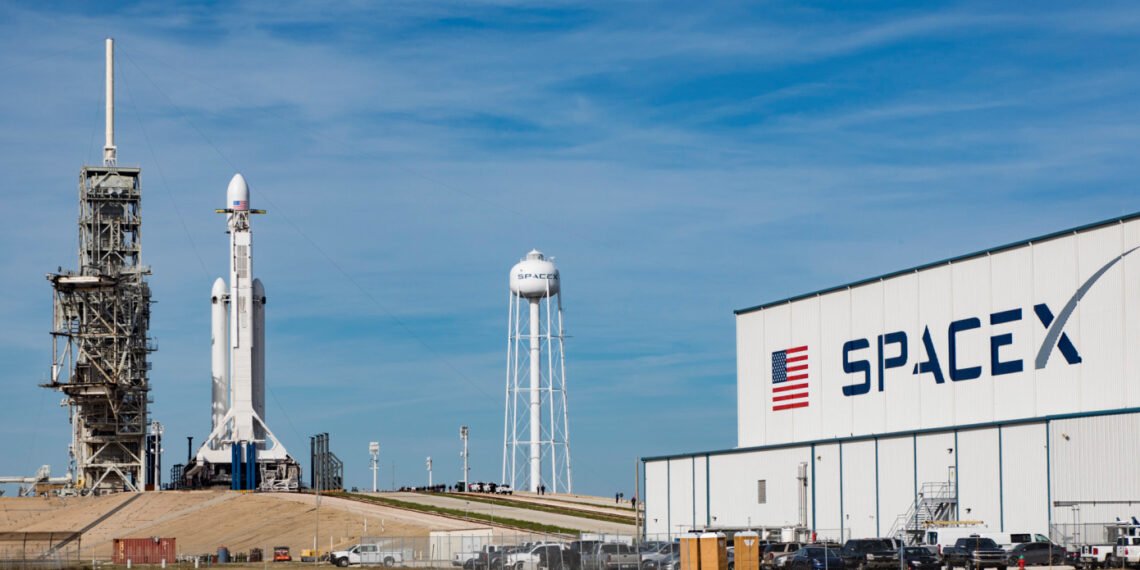Overview
Space Agency Updates
Recently, the national space agency shared plans to launch a spacecraft using the well-known Falcon 9 rocket. The launch is set for the iconic Cape Canaveral Air Force Station. The main goal? Get vital supplies and hardware up to the space station to support Expedition 60. This flight is the 18th mission under the Commercial Resupply Services contract.
As part of ongoing space station work, the agency stressed how important this research is—not just for space science, but for people back on Earth too. A major focus this time is on experiments in microgravity and how it changes what we know about science in general.
The Falcon’s Charge
This resupply run, led by Spacex, uses the trusty Dragon spacecraft. After liftoff, Dragon heads straight for the International Space Station (ISS). It’s loaded with essential cargo and plenty of gear for new science investigations.
The Science of Space
Here’s a quick look at some of the experiments packed for this mission:

- The Biorock study will look at how liquids, microbes, and rocks interact in microgravity. Maybe it’ll even help us figure out how to mine resources in space someday.
- In life sciences, cells from people with Parkinson’s and Multiple Sclerosis are being sent up to see how these diseases behave in space, hoping for new clues about how they work.
- Space Moss is another one to watch. It’ll test how moss grows and how its gene expression changes in orbit.
- The ISS National Lab is also running projects to use microgravity research to advance industry partnerships and push the limits of science off Earth.
All this research in material science, biology, and physical science stands to benefit from what we can only do in the ISS’s unique microgravity environment.
Commitment to Progress
This supply flight shows the agency’s drive for innovative spaceflight and exploration. By keeping the space station stocked—since way back in November 2000—it keeps the door open for bigger missions ahead. The ISS is still a symbol of global teamwork and a place where all kinds of spacecraft and people come together to push boundaries.
Looking forward, the space station remains the launchpad for bigger leaps—think Moon, maybe even Mars. These resupply missions? They’re a key piece in making sure human space adventures keep moving forward.
Common Inquiries

Cargo Delivered to the ISS on the 18th SpaceX Mission
The 18th SpaceX resupply mission brought a mix of important cargo to the International Space Station. That included basics for the crew—food, clothes, the usual—plus equipment for research. They also sent up materials for experiments in biology, tech development, and physics.
Impact of the SpaceX Resupply on ISS Research
By sending up new gear and experimental materials, the 18th SpaceX mission really keeps science moving on the ISS. Fresh tools and samples help keep experiments on track and push all kinds of research in the station’s one-of-a-kind microgravity lab.
Experiments Aboard the 18th Resupply Mission
There were several science projects packed onto this flight. They ranged from studying how microgravity affects human biology to new material science experiments. The big idea? Use space to study things you just can’t on Earth.
Frequency of SpaceX Resupply Launches to the ISS

SpaceX keeps a steady pace with ISS resupply launches, aiming for several missions each year. This regular schedule helps keep the crew stocked and the science moving forward without too many hiccups.
Role of SpaceX in ISS Operations
SpaceX is a key player in ISS operations, handling cargo deliveries and bringing research samples back home. Their work helps keep missions going and adds to what we know about life in space—and sometimes, back on Earth too.
Evolution of SpaceX Resupply Missions
SpaceX’s ISS resupply runs have definitely changed a lot over the years. They’ve tweaked their spacecraft and launch tech, so now these supply trips are smoother and more dependable than ever. It’s honestly impressive how much they’ve managed to boost both payload and reliability—makes you wonder what’s coming next.





































